Getting outside hiking is not only wonderful for your physical and mental health, but it’s a great way to explore nature. Like many people, hiking is something I turn to for exercise, socializing with friends and exploring this beautiful world we live in. There’s definitely something special about relying on your own two feet to get you from A to B!
If you’re new to hiking, this guide covers all the basics, including how to plan, prepare, and gear-up for your first hike. Already enjoy hiking? Well you may just find some new trail tips or gear inspiration!
Disclaimer: This blog post is in collaboration with Backcountry.com and features some affiliate links. This means I get a small commission if you make a purchase (at no extra cost to you). Use code RENEE15 to get 15% off your first Backcountry order (some exclusions apply). You can also learn more about my affiliate policy here. Thank you for the support!
Beginner Hiking Guide
Does it feel a little daunting now that you’ve decided you want to start going on hikes? I get it! We’ve all been beginners at some point. Here are a few of my most recommended tips to follow when you’re starting out as a beginner hiker. These should make you feel more comfortable and confident before you even hit the trail! I hope you’ll fall in love with hiking as I have after just a few short hikes.
Beginner Hiking Tip #1: Find a partner
It’s totally possible to go hiking solo, but most beginners initially enjoy hiking with a partner for company and safety. I personally enjoy hiking with my husband and friends, but it’s nice every now and again to go on a solo adventure. There are numerous ways to find buddies to hike with. You can post on your personal social media pages (Facebook, Instagram, Twitter) to see if anyone you know also shares the same interest.
You could consider joining hiking related groups on Facebook. I am a member of some pacific northwest women’s hiking Facebook groups such as Seattle Outdoor Women Meetups, Girls Who Hike WA, Mtn Chicks PNW, and Women Who Hike Washington. Plus some unisex groups like Washington Hikers & Climbers, and Hiking in the Pacific Northwest.
When I first moved to America I found numerous hiking partners via Meetup groups in my local area. I never had any bad experiences, but always use common sense when meeting up with strangers. If you are planning on a solo hike, be sure to tell someone your plans before heading off and take a means of communication in case you run into any problems (more on this below).

Beginner Hiking Tip #2: Plan it out
It’s important to always know where you are going, how to get there, and how to get home safely. Here are those three pillars in more detail:
Decide on your hike
Websites such as The Outbound and All Trails are great resources for choosing hikes in your local area or planning a hiking trip further away. Be sure to factor in distance, elevation, conditions, and your time when choosing a hike. Start with easier trails and advance to longer day hikes (and even overnighters) when you are more experienced. Once you go on a few hikes, you’ll get a good idea of your pace and fitness level, which can help you plan how long it will take to complete certain hikes. I also always check the weather forecast before I head out.
PNW Pro Tip: I highly recommend using Washington Trails Association resources if you are PNW based!
Don’t get lost!
Having basic navigation skills will really help you out on the hiking trail. I personally love using apps such as Gaia GPS to download offline maps and ensure I know where I am going, but physical maps and a compass also do the trick (if you know how to properly use them.) You can often take basic navigation classes on how to use a compass and a map through a local gear outfitter!
Have a means to access help
It’s important that you can flag down help if you do find yourself lost. Research whether you will have phone service on the hike, and if not I would consider taking a tracking/SOS device such as the Garmin InReach (more on that below).

Beginner Hiking Tip #3: Gear up
Comfort is key. I’ve seen people hike in all sorts of get-ups and different things work for different people. The trick is to find what you feel comfortable exercising in, and making sure you are safe in the outdoors. You don’t have to have the most expensive, newest gear on the trail, but you do need to be comfortable and prepared for a variety of conditions.
This blog post is in partnership with Backcountry.com, my go-to online retailer for all things adventure. They offer free 2-day shipping on orders over $50, easy returns, 24/7 advice from their amazing Gearheads, and they support incredible causes like The Nature Conservancy. Backcountry have kindly offered my readers 15% off first-time online orders using code RENEE15! (some exclusions apply)
You can also download my free hiking checklist via my resource library. It includes everything you should wear and pack hiking in a quick and easy format to check off when preparing for a hiking trip!
What to wear hiking
It can be confusing to know what to wear hiking! The key considerations are comfort and safety but keep in mind that this can look a little different for everyone. Here are my top recommendations for what to wear hiking. Like I said before, you definitely do not need to buy all new hiking gear when you’re starting out! Use what you have for layers. The important things I recommend investing in first are a good pair of hiking shoes, merino socks, and a comfortable backpack to carry your gear.
Hiking Shoes
Hiking shoes are very person-specific. Some people love wearing trail runners and others prefer boots. Some people prefer heavier waterproof boots and others prefer lighter options. When hiking somewhere that tends to be wet (like the Pacific Northwest) I usually opt for a waterproof boot with ankle support, but something that isn’t too heavy, like the Danner Adrika Hiker Boot or the Salomon X Ultra Mid 3 GTX Hiking Boots. Once the trails become dryer I sometimes opt for a pair of trail runners like the La Sportiva Bushido II Trail Runner. Sometimes it takes a few tries to find which hiking footwear option works best for you, but don’t give up! There are plenty of comfortable hiking shoes out there and I promise they make all the difference.
Hiking Socks
Don’t overlook the importance of having socks that fit correctly and are comfortable to wear for a long time. Over the years I have found that merino wool socks from Darn Tough and Smartwool are the most durable, least smelly, and most comfortable for hiking. Injinji Liner Socks are a great way to help keep your feet dry and prevent pesky blisters!
Hiking Bottoms
What you wear for bottoms is a personal preference. If you’re a pant kind of person then I would suggest the Outdoor Research Ferrosi Pant or something similar. Another option is wearing convertible pants that you can easily switch to shorts, such as the Outdoor Research Ferrosi Convertible Pant. If you prefer leggings then I would suggest the Mountain Hardwear Mountain Stretch Tight (with side pockets!) If you’re more of a shorts person then I recommend the Backcountry Olympus Lightweight Short for an athletic style short, or the Patagonia Quandary 5in Short for a more traditional fit. I personally prefer to keep my legs covered with pants to protect from sunburn, ticks, mosquitoes, and scratches.
Hiking Shirt
For hiking shirts you can either go with short sleeve, long sleeve, or a tank option. For cooler hikes or those where I am worried about sunburn I will usually opt for longer sleeves and wear something like the Smartwool Merino Long Sleeve Shirt. Lightweight sun shirts, like the Backcountry Tahoe 2 Sun Hoodie, are really popular for hikes that you will be above treeline with no shade for extended periods of time. Otherwise you will usually find me in one of the Icebreaker Sphere Lite SS Low Crewe Shirts. Natural fibers like merino wool are my go-to for hiking tops due to the odor-reducing properties and overall comfort. I avoid cotton in favor of more moisture-wicking materials (like merino) to stay dry and comfortable, no matter how sweaty I get.
Hat
I recommend you wear some kind of hat on the trail to protect you from the sun, especially during the warmer months of July and August. Some popular options are caps such as the Patagonia P-6 Label Trad Cap or wider hats such as the Outdoor Research Wadi Rum Brim Hat. A lightweight neck gaiter is another great option to keep the sun off your neck. You can use the Outdoor Research Echo Ubertube Neck Gaiter as a headband to keep your hair out of your face, and even dunk it in water to cool you down on the extra hot days.
sunglasses
Having sunglasses makes hiking a LOT more enjoyable on a sunny day (or when it’s overcast with a lot of glare). In addition, polarized sunglasses will cut the reflections and glare on those beautiful lakes you are looking at (bonus!) My go-to sunglasses brands are Sunski, SMITH, and American Optical.
trekking poles
Not everyone enjoys using trekking poles but I personally find them helpful for hikes with considerable elevation gain, or if the terrain is unsteady. My go-to poles are the Black Diamond Alpine Carbon Trekking Poles as they are lightweight and comfortable to use. Some more affordable option are the Black Diamond Trail Trekking Poles and the Black Diamond Trail Sport 2 Trekking Poles.

What to pack for hiking
Now that you’re sorted on what to wear hiking, you probably want to know what to pack! Below I have listed some recommended items. In terms of what gear is absolutely essential for survival versus “nice to have”, I would first make sure you have the 10 essentials: navigation, sun protection, insulation, headlamp, first aid supplies, fire starter, shelter, repair kit, food, and water.
backpack
It’s good to carry a backpack with enough room for your drink bottle, layers snacks, etc. I would recommend you use a backpack that you already have at home or invest in one that is made for hiking. Key features include adjustable straps, waist belt/strap, chest strap, and somewhere to easily access your water bottle or water bladder. I swear by my Osprey Tempest 20L Daypack (comes in 9L, 24L, 34L, 40L, and a 6L lumbar pack for trail runners). Another good option is the Topo Designs Rover 20L Pack, or sometimes I opt to use my camera bag if it’s a short hike (the Peak Design Everyday 20L Camera Backpack).
warm layers
You will want to pack some sort of insulation layer in case it gets cold, even if it seems like a sunny day! The weather can change very fast in the mountains. A nice breathable mid-layer I love is the Patagonia R1 Fleece and I will even hike in this on cooler days. Another one of my favorites is the Patagonia Better Sweater 1/4-Zip Fleece, but keep in mind that it is heavier and also warmer than the R1.
For an additional warm layer, I would suggest something like the Backcountry Synthetic Insulated Jacket or the Patagonia Down Sweater for extra warmth in a really lightweight jacket. I also really love wearing a Patagonia Nano Puff Vest hiking because it regulates your core temperature without overheating or adding bulky layers to your extremities.
rain & wind protection
I rarely go hiking without bringing a rain jacket. You just never know when the weather will turn! My go-to is the Marmot PreCip Eco Jacket. It’s really lightweight and will keep you dry in a downpour. I also usually pack a lightweight wind jacket. This is completely optional but I find these are often the perfect thing to throw over a t-shirt when there is wind chill but it’s too hot for a fleece. Plus they stop mosquitoes from biting you! Over the years I have owned the Patagonia Houdini Jacket and the Backcountry Mad Creek Jacket – they both do a brilliant job.
water bottle
A water bottle or hydration bladder is an absolute must when hiking! Dehydration can be a killer so it’s not something to skimp on. I normally stick with my trusted Hydroflask bottles which keep your water nice and cold. On especially hot days or longer hikes, I’ll add Nuun tablets for electrolytes. You can also pack a hydration bladder into your pack which are typically easier to drink from while you’re hiking. I recommend taking a couple liters of water to begin with. I also like to carry a water filter so I can fill up at streams. Nothing better than cold stream water on a hot hike – just be sure to filter first!
snacks
Hiking snacks are a personal preference and the amount you pack will depend on the length and difficulty of trail. I will typically pack some granola bars, protein bars, energy chews, homemade trail mix, gummy worms, nut butter sachets, waffles, or dark chocolate. If I want something more substantial I will pack a bagel or fresh bread and cheese.
navigation
Another one of the “10 Essentials” is a means of navigation. You should always have topographic map for the area you will be hiking (keep it inside a waterproof sleeve). You should also be familiar with map reading in order to use your map! It’s also a great idea to bring along a compass and have some basic skills to use it. In addition, it’s a good idea to save some offline maps to your phone. For instance, I use Gaia GPS to save offline maps for hiking and backcountry trips.
emergency device
This isn’t an essential hiking gear purchase, but more a piece-of-mind item that is good to have if you can afford it. Emergency devices provide a means to call for help if you find yourself in a precarious situation. You may be taking local trips where you have phone service, but if not it might be worth investing in a device that has an SOS feature and tracker, like the Garmin InReach Mini or SPOT Gen4 Satellite GPS Messenger. My husband and I didn’t make this purchase for quite some time after we got into hiking and backcountry camping, but it now gives us peace of mind on longer treks and more risky hikes.
first aid kit
I typically take a small, lightweight first aid kit on hiking trips. You just never know when it will come in handy for yourself or your hiking partner. I really like the kits made by Adventure Medical Kits as they are ultralight and waterproof. I always throw in a couple of extra blister-pads too, just in case!
bug & Sun protection
Depending on where you are hiking, it’s probably a good idea to take some bug spray with you. Clothing is often the best protection against both bugs and sun, but even long sleeves and pants don’t always deter the peskiest mosquitos. I sometimes spray my clothes with mosquito deterring solution for longer trips. I also nearly always take a bug headnet with me. Sunscreen is a must, especially on hot summer days that you might be hiking above treeline!
Gloves & Beanie
Even during the summer months, I will often pack a pair of lightweight gloves and a beanie. Especially if I am going on an early morning or late afternoon hike. The weather can change very fast in the mountains, especially at higher altitudes! I personally get cold easily, so it’s worth the extra weight for me to be comfy. Do what suits you! The North Face and Icebreaker both make a range of good glove choices. But for beanies I usually opt for my Pendleton Cable Hat.
Extra items
If you plan to stay out for sunset or will be hiking up pre-sunrise, then I would highly suggest packing a headlamp. My go-to is the Petzl Actik Core Headlamp. Some extra “just in case” items you may consider bringing along are an emergency blanket, means to start a fire, a knife or multi-tool, and a whistle.

beginners Hiking Tip #4: Leave no trace
Just a quick (but very important!) note about abiding by leave no trace (LNT) principles and respecting nature. Please be sure to educate yourself on proper hiking etiquette before heading out. More information can be found via the Leave No Trace Center for Outdoor Ethics or in my in-depth blog post on the subject.
- Know the regulations and special concerns for the area you’ll visit
- Stay on established trails and durable surfaces
- Pack it in, pack it out (do not leave any trash int the backcountry)
- Examine, but do not touch cultural or historic structures and artifacts
- Leave rocks, plants and other natural objects as you find them
- Where fires are permitted, use established fire rings, fire pans, or mound fires
- Keep fires small. Only use sticks from the ground that can be broken by hand
- Burn all wood and coals to ash, put out campfires completely, then scatter cool ashes
- Control pets at all times, or leave them at home
- Respect other visitors and protect the quality of their experience
- Be courteous. Yield to other users on the trail
- Observe wildlife from a distance. Do not follow or approach them.
- Never feed animals
Final thoughts on Beginner Hiking Tips
I know it can be intimidating to pick up a new sport or hobby. There’s a lot to learn! So I hope this Beginner Hiking Guide helps you feel more confident and ready to hit the trails! There are plenty of trails to explore, whether you live in the city or the middle of the forest, so grab a map and start exploring some of your local trails. Let me know what trails you are excited to explore!
PIN this post for later!

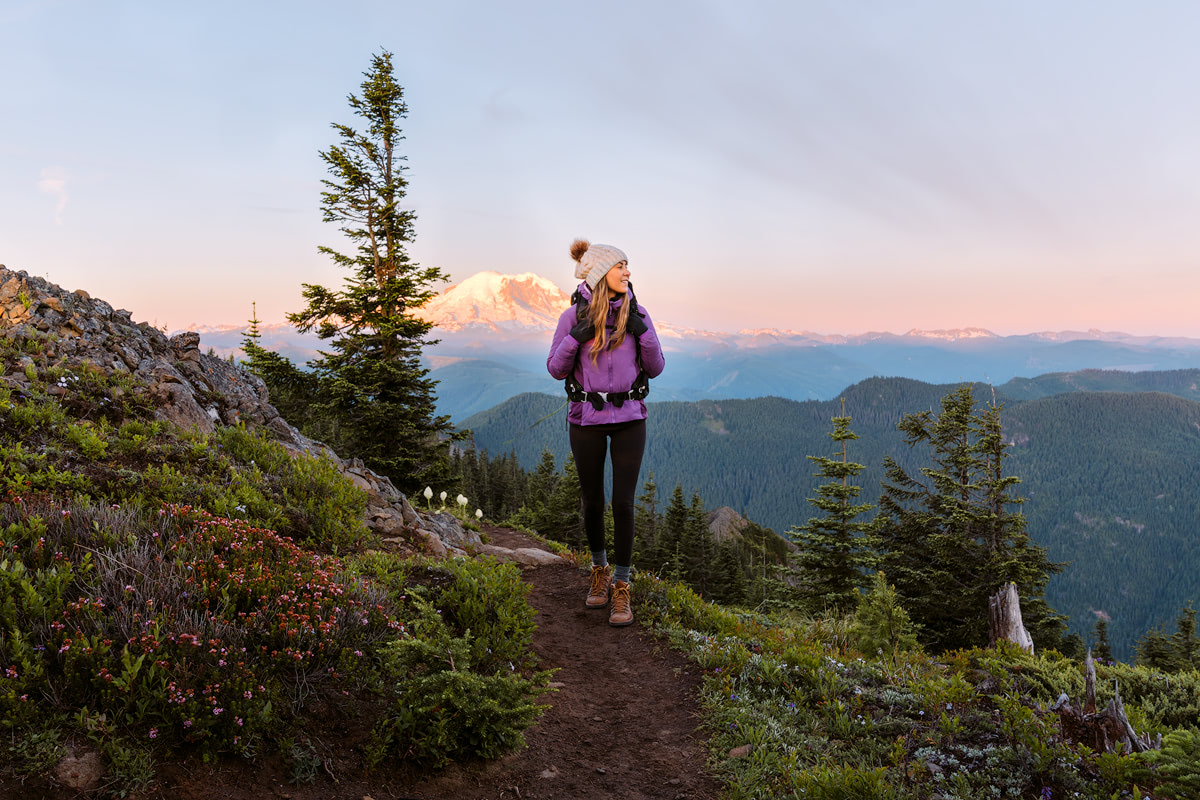
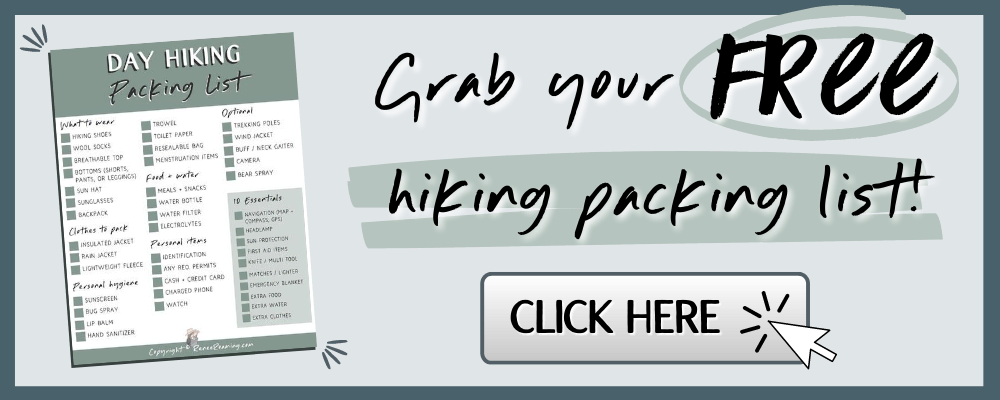
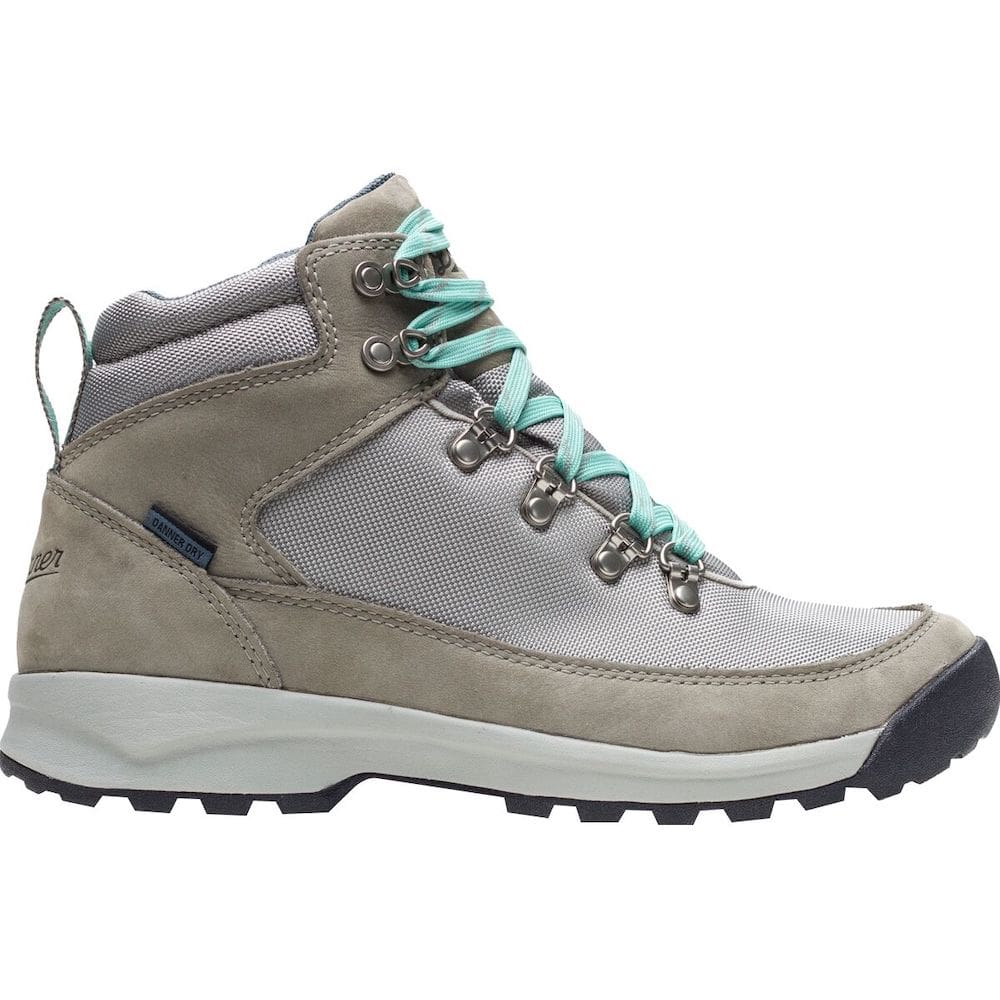




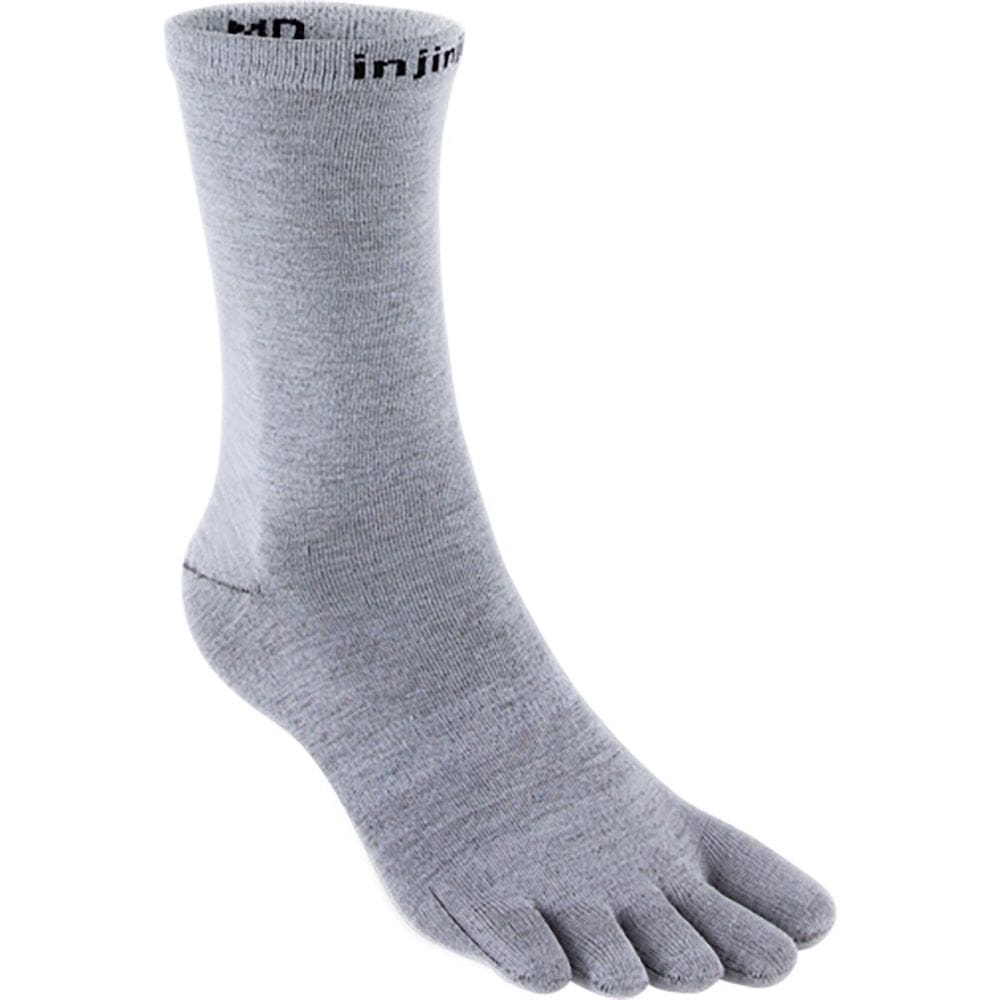


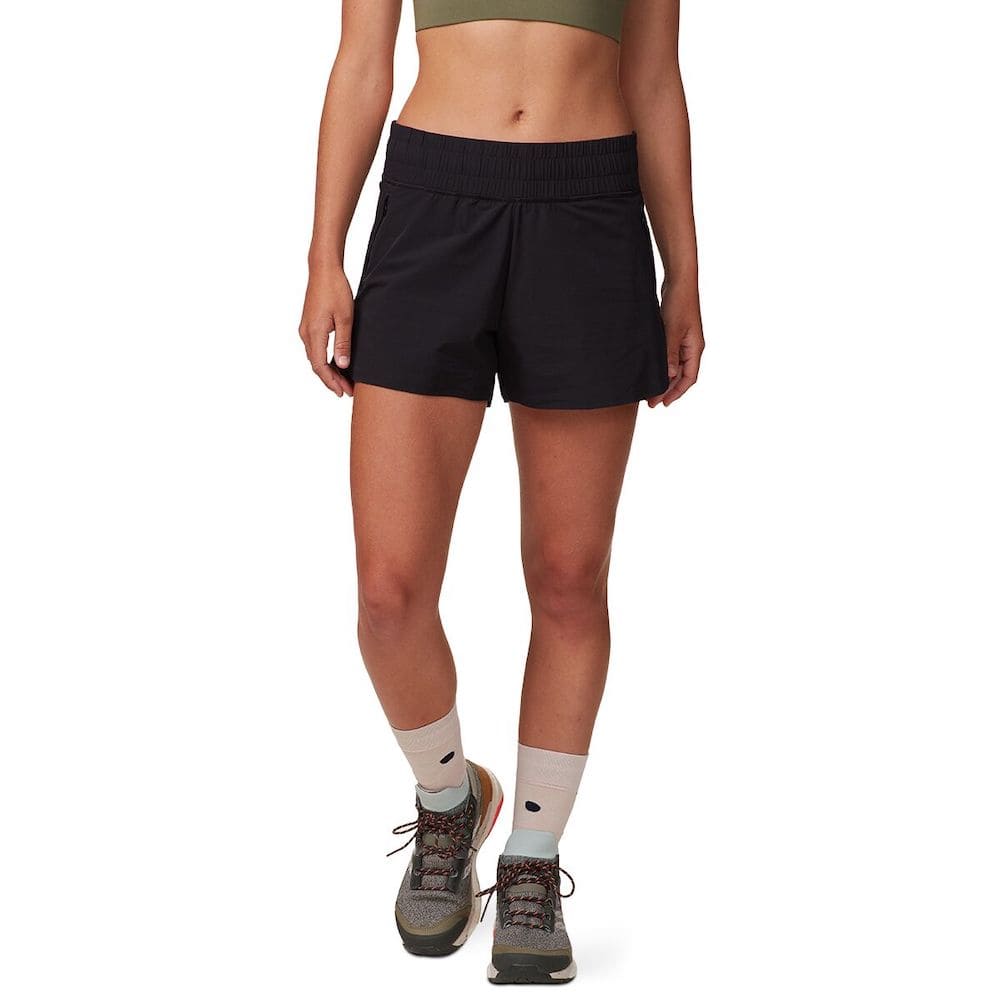



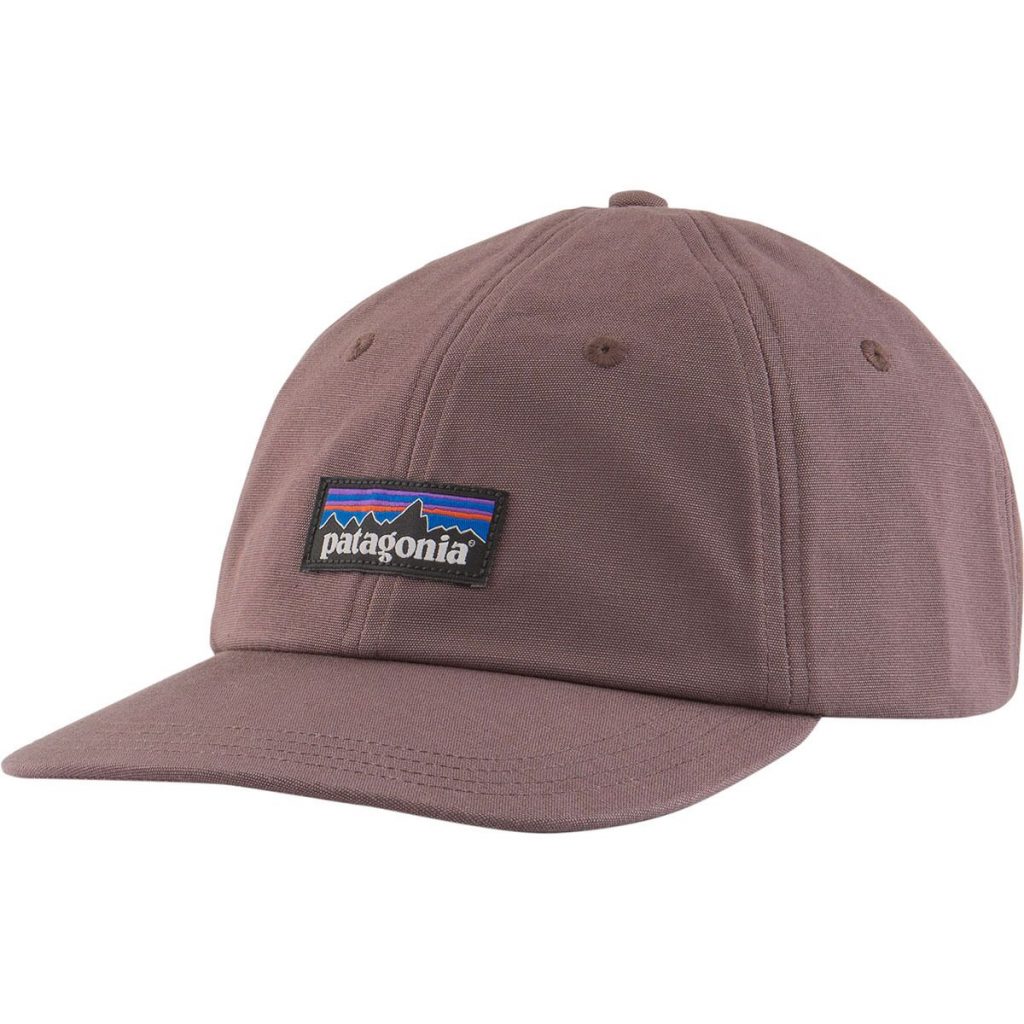


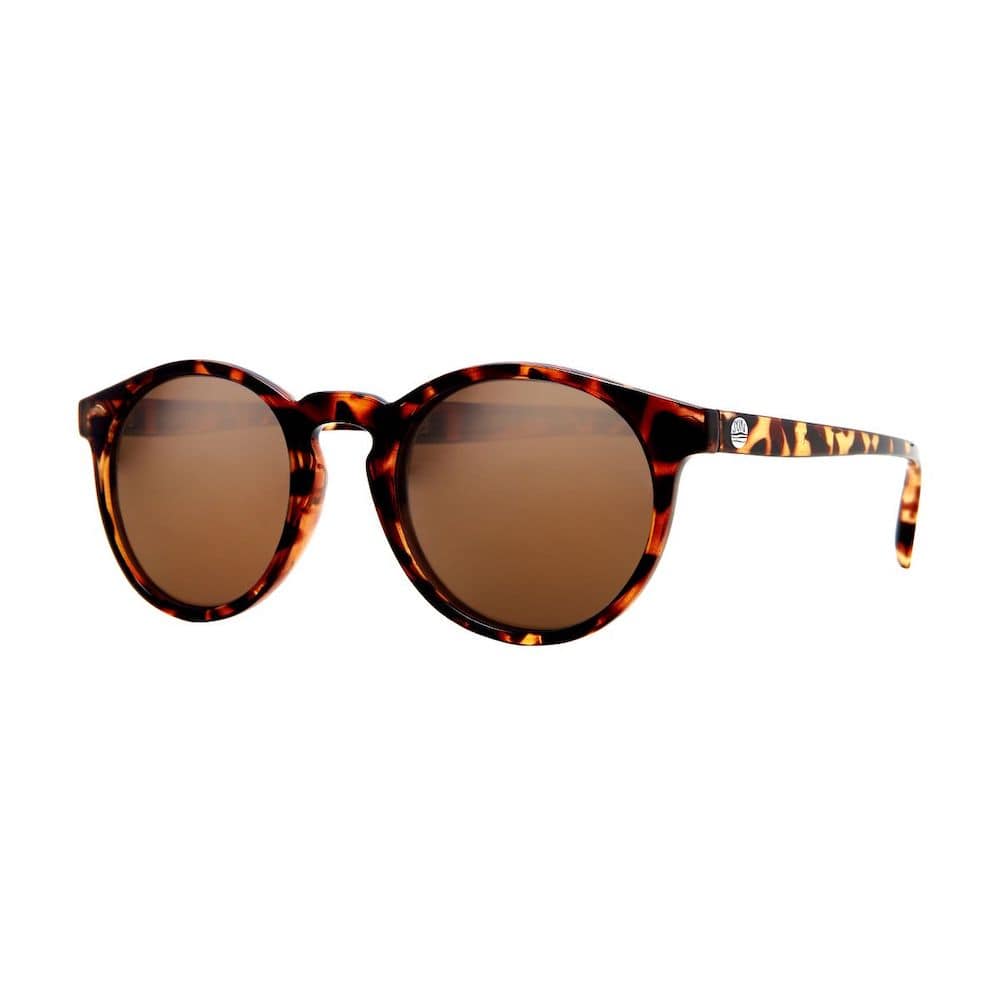
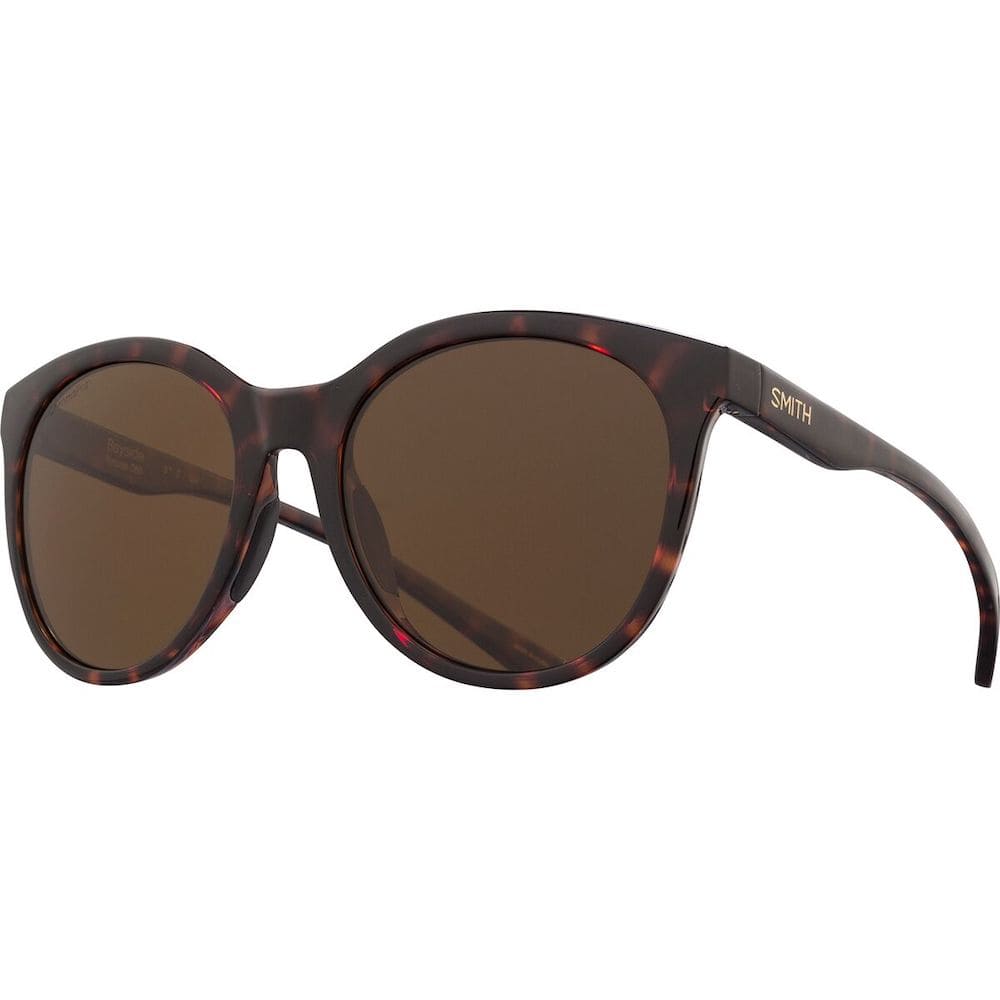

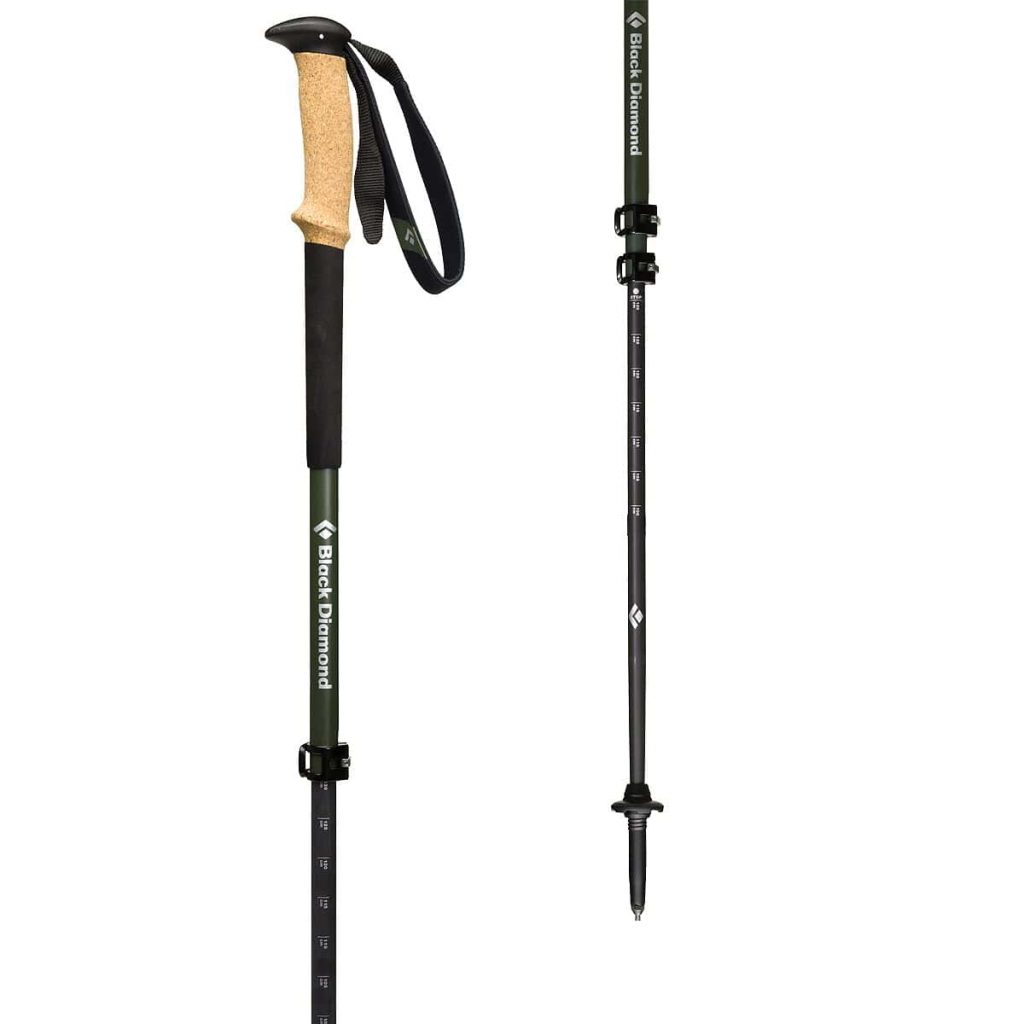



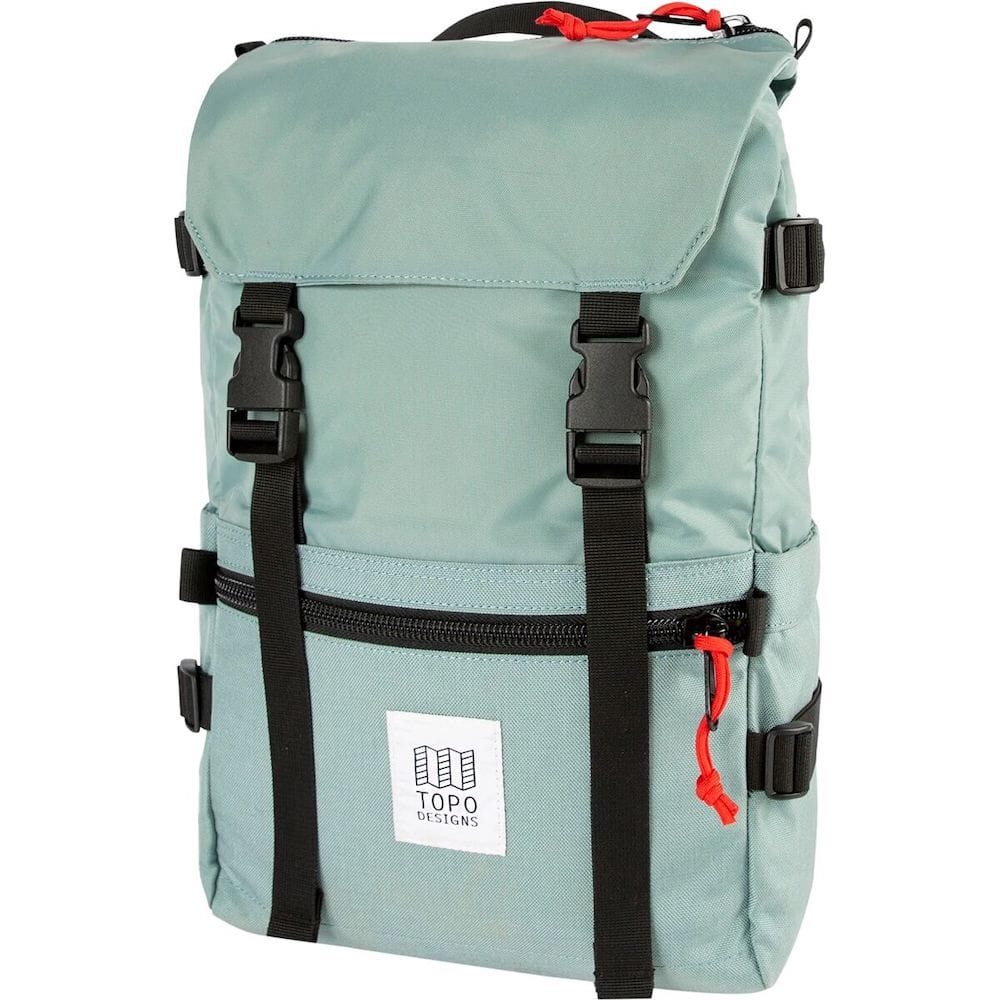






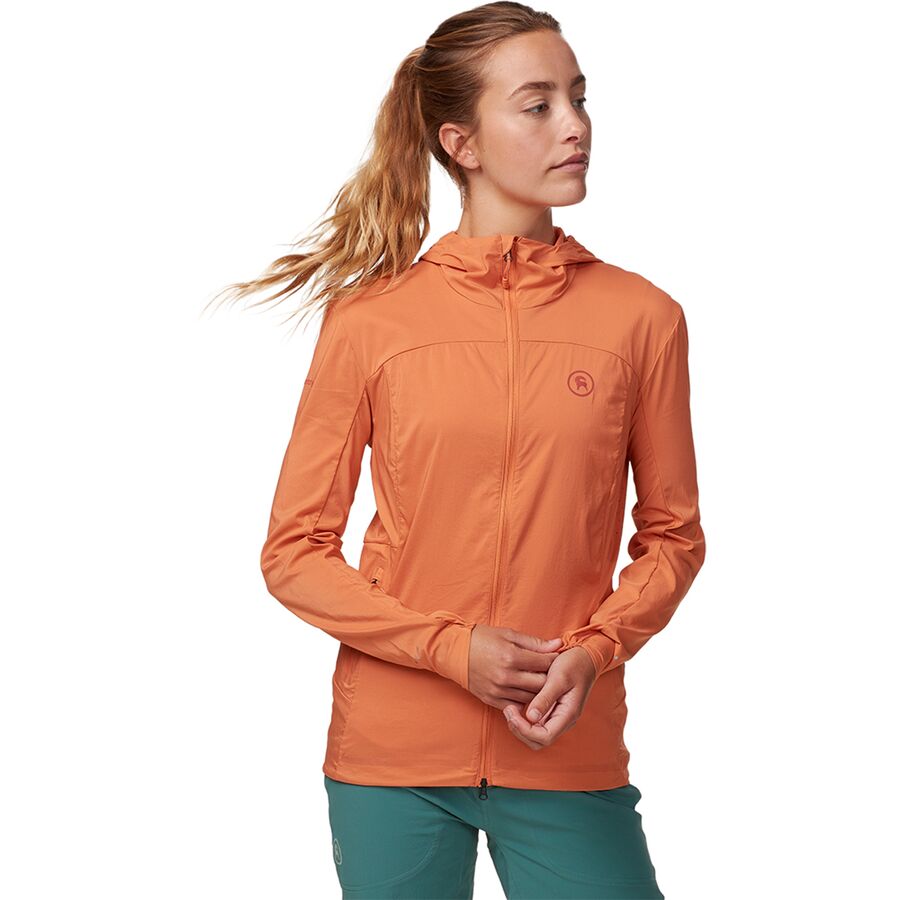


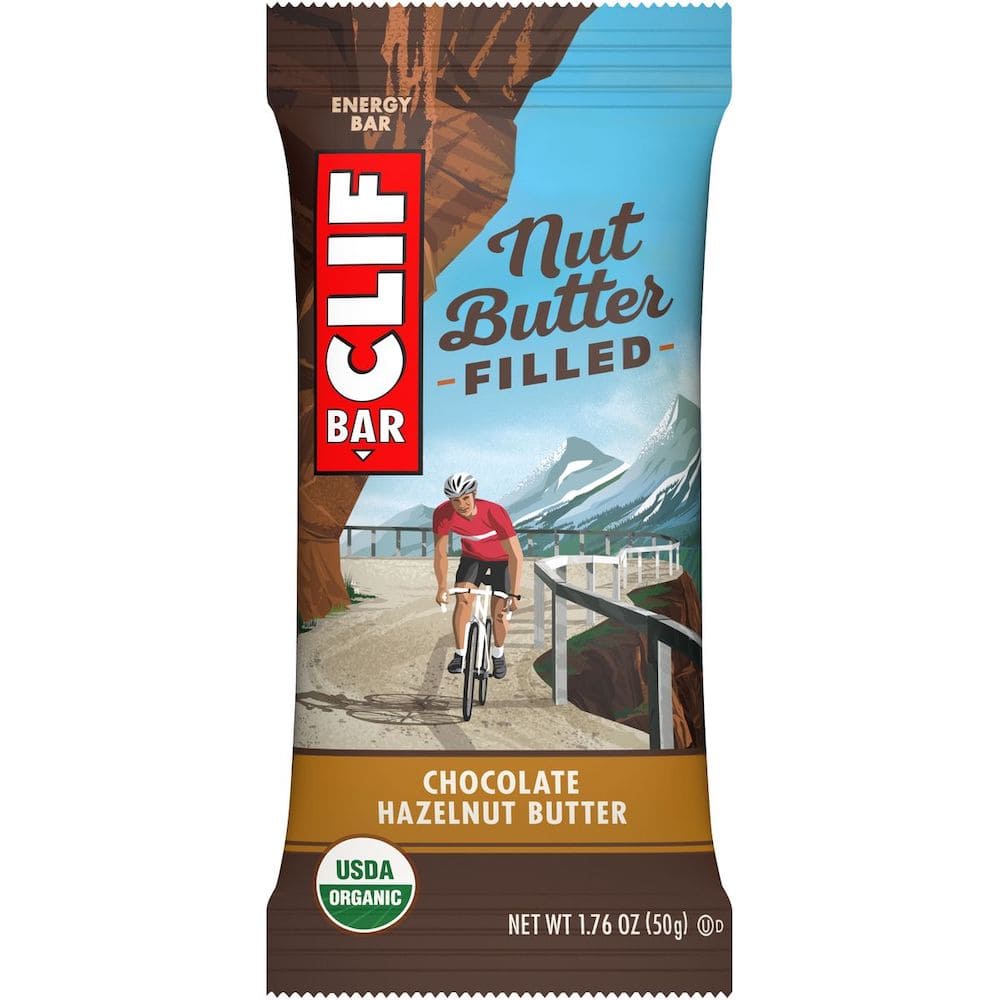




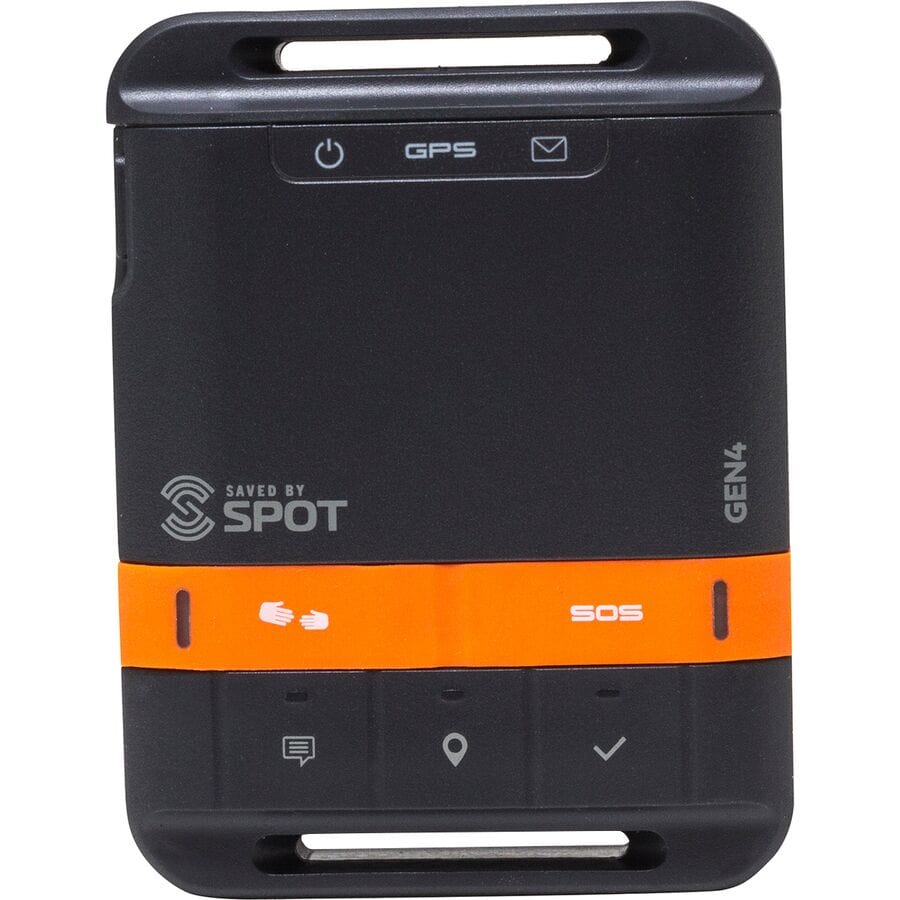


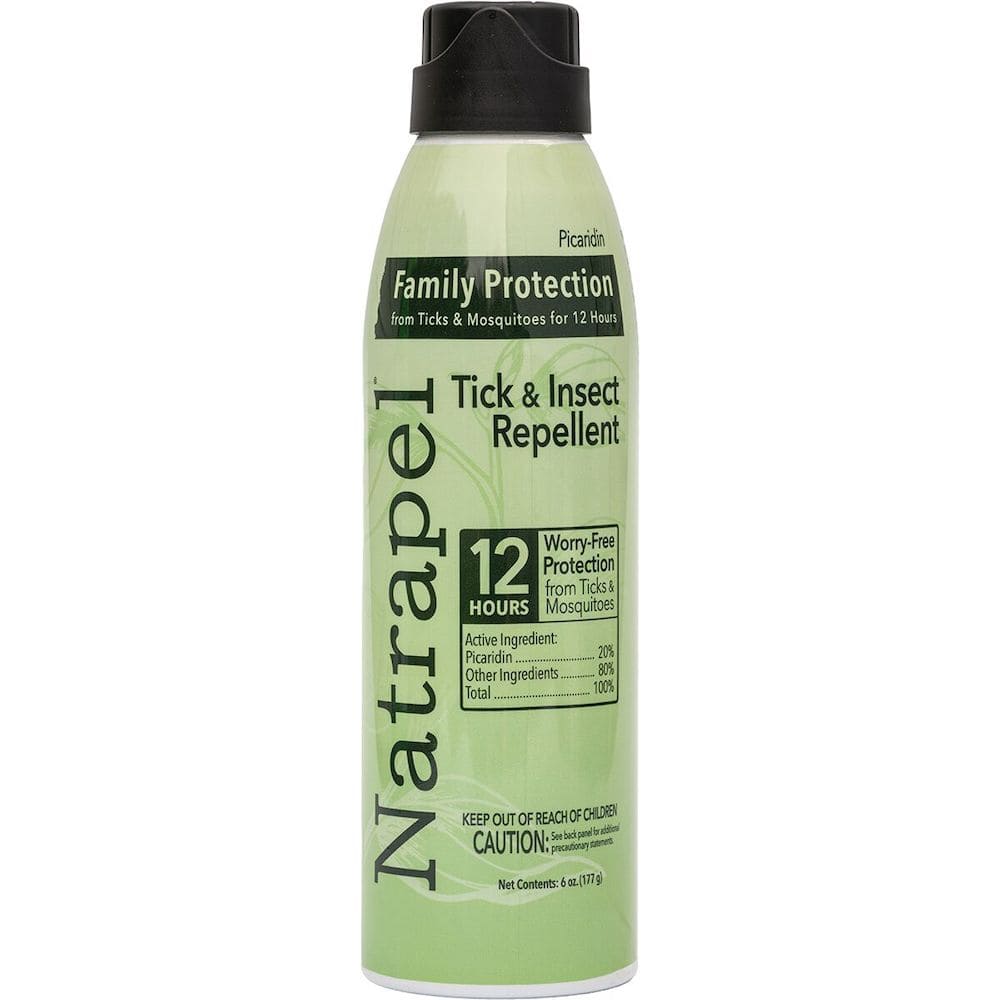





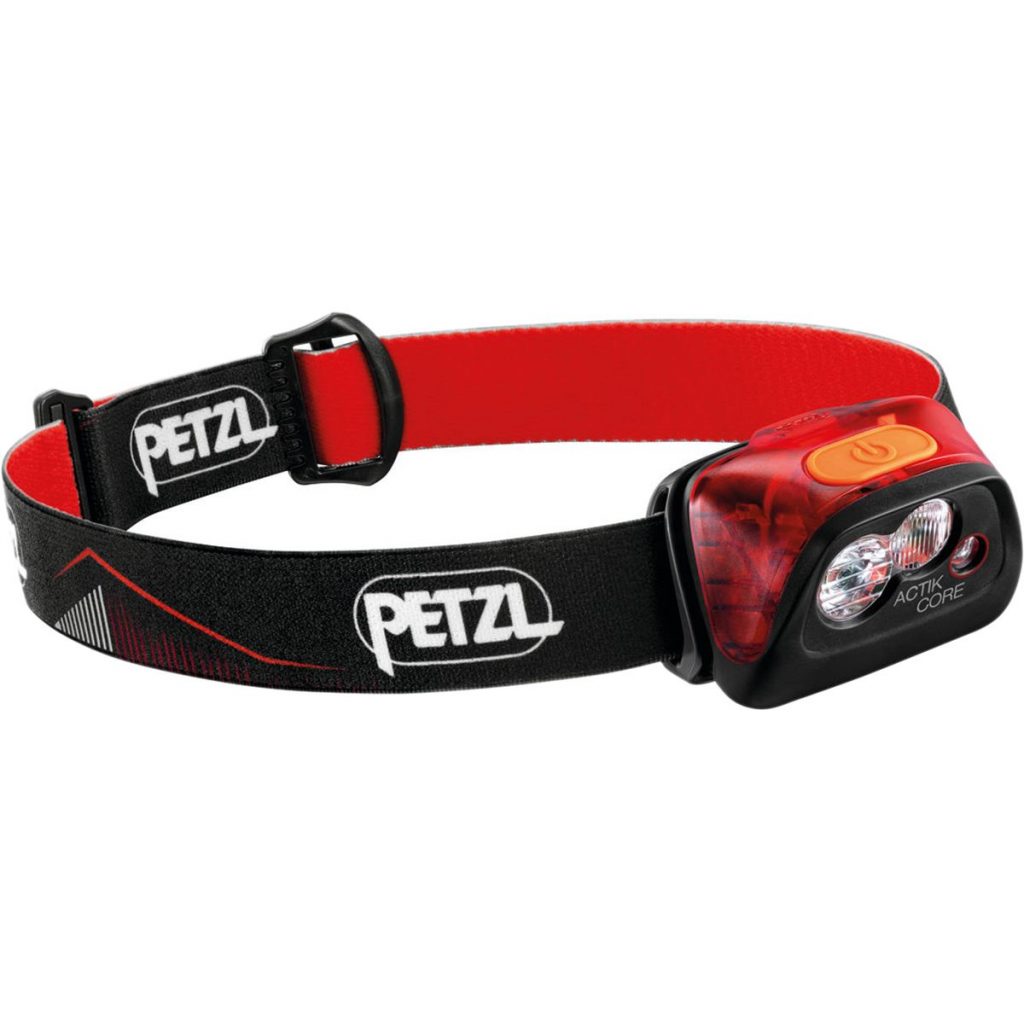
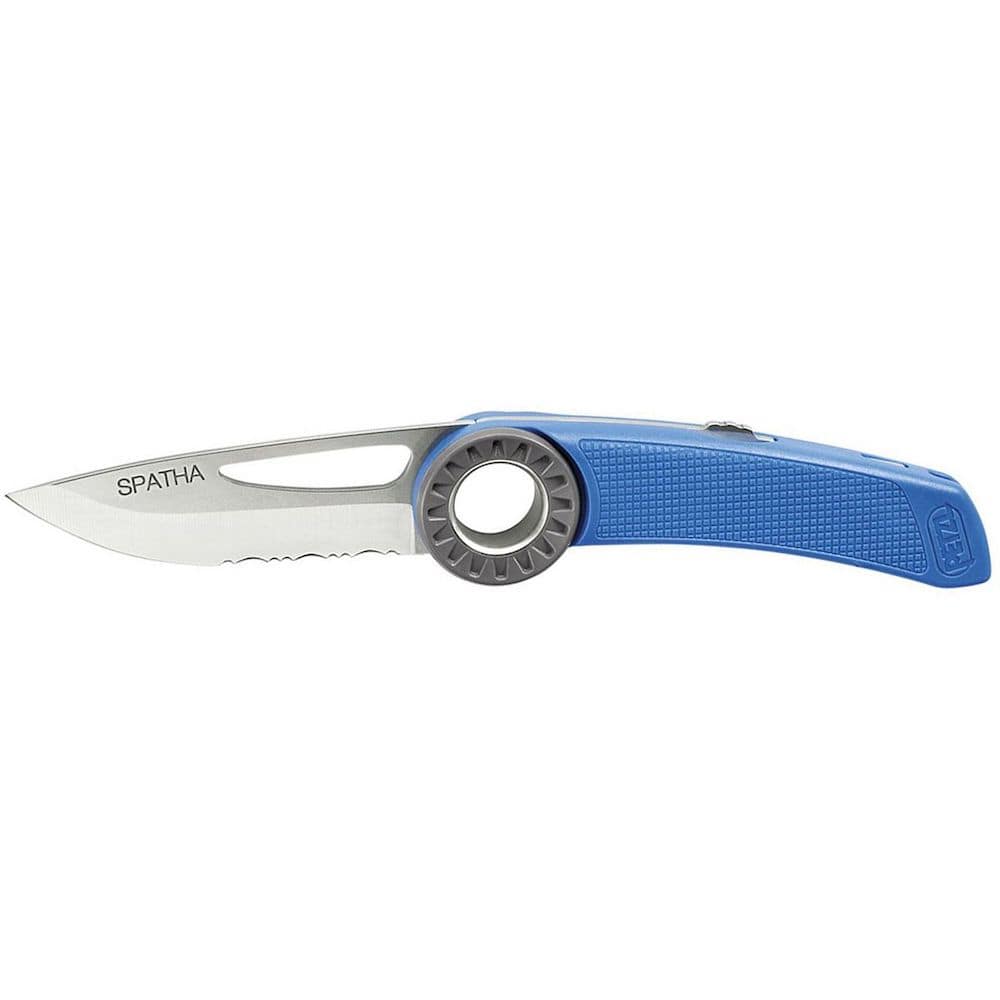
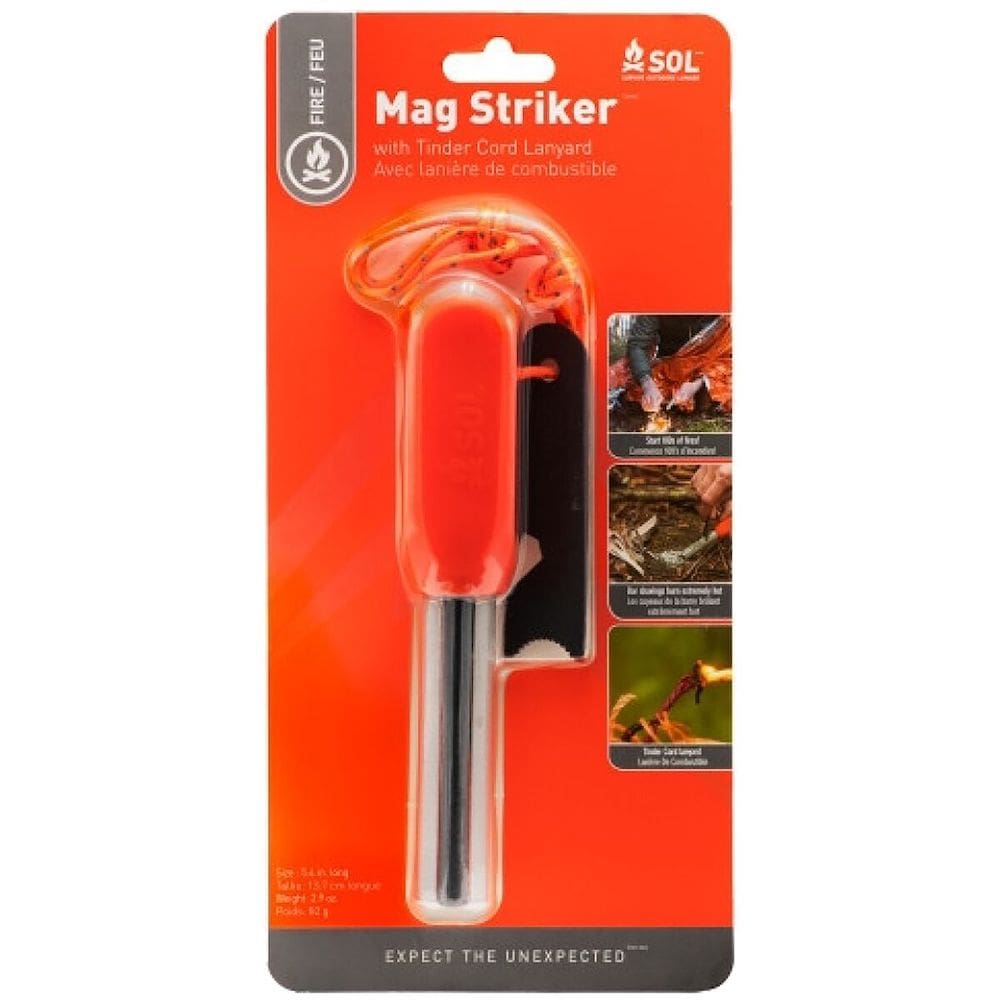


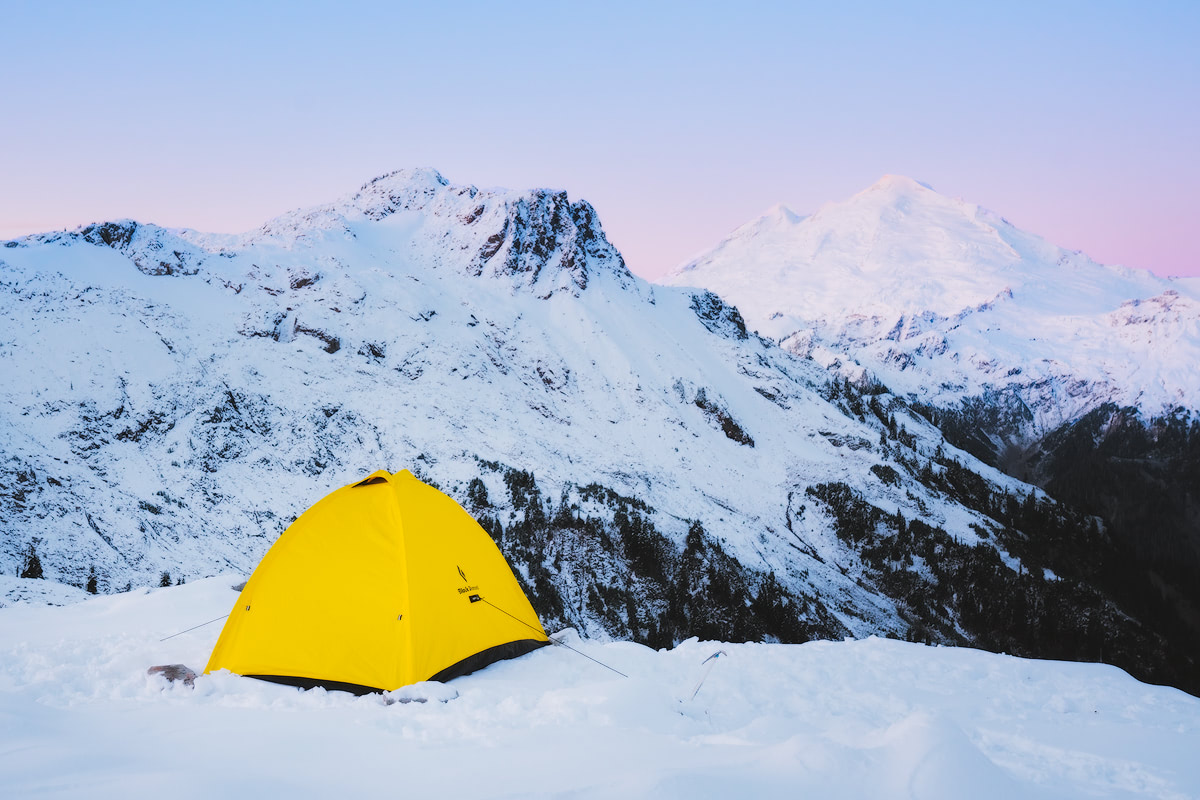
Great tips in the Beginner Hiking Guide! Essential for anyone starting out. Richmond Air could inspire new hikers to explore local trails and enjoy nature safely and confidently!
Hi
Your blogs about hiking are amazing. I not have any experience about that. But your blog persuade me to do that. One day I will go for hiking.
I hope these tips help me alot. Thank you
I found that men’s wolverine hiking shoes and boots are able to take more abuse than women’s shoes. I usually change the laces to make them cuter. Men’s shoes are usually wider, so I have to make sure they fit properly when laced up, but once I break them in, a good pair if boots can last for about 500 miles of hiking.
There is definately a lot to know about this topic. I like all
of the points you have made.
Thank you Abe!
I found your article well written and very helpful. I found that I didn’t think of some of the stuff you wrote about.
thank you for your help.
Thank you Michael!
You made a great guideline for beginners. It would be helpful for beginners to hike. Thanks for sharing your guideline.
Thanks for reading! 🙂
Everything you have mentioned is needed for hiking. And most important thing brave heart is also needed. Thanks for sharing your informative article.
Thanks for reading!
Wow, that’s an extensive list. Great job covering different options and skill levels. Great work!
Thank you 🙂
Hi, You have really described the beginners guide perfectly which will surely help me to understand which items and what steps should I take before and during hiking. Thank you for sharing such a helpful post. Keep updating posts like this and I’ll be benefited from your posts. I’ve already learned so many interesting and helpful tips from your website which will help me during my next hike. Keep up your great work Renee! Thanks
Aw that makes me so happy 🙂 Thanks for sharing
loved this! thanks to BriannaMacias.com for sharing this with me! cant wait for Yosemite in a few weeks!!
Enjoy 🙂 Love that park!
Such a comprehensive list, and those pictures are awesome! This is my first visit to your site, and I am glad I stumbled upon it. I will definitely be back.
Thanks,
James
Thank you James! It’s nice to have you here!
Gorgeous gorgeous gorgeous photos! As usual! Slowly gathering my gear together but these are such great tips ?
Thanks so much Pippa!
I’ve always wanted to get into hiking, and now I think I know how. Thanks!
Enjoy! So happy I could help out 🙂
Great tips!! I will definitely try these tips!!
Yay! Glad you found it to be helpful!
Excellent info 🙂 I really love it!
Thanks for these tips Renee! We will do some hikes in PNW in September and we are already full of anticipation!
Thanks for reading! 🙂
I have learnt so many new tips for hiking from your blog post. Thanks so much for all the info. Keep up the great work.
Thank you Jackie!
Love this! What a great and complete list of things to bring on any first hike! I love that you gave so many options to fit different levels, styles and preferences. I know people will be prepared because of this post – we’ll done Renee! <3
Thanks so much Emily! Happy you found it to be helpful 🙂